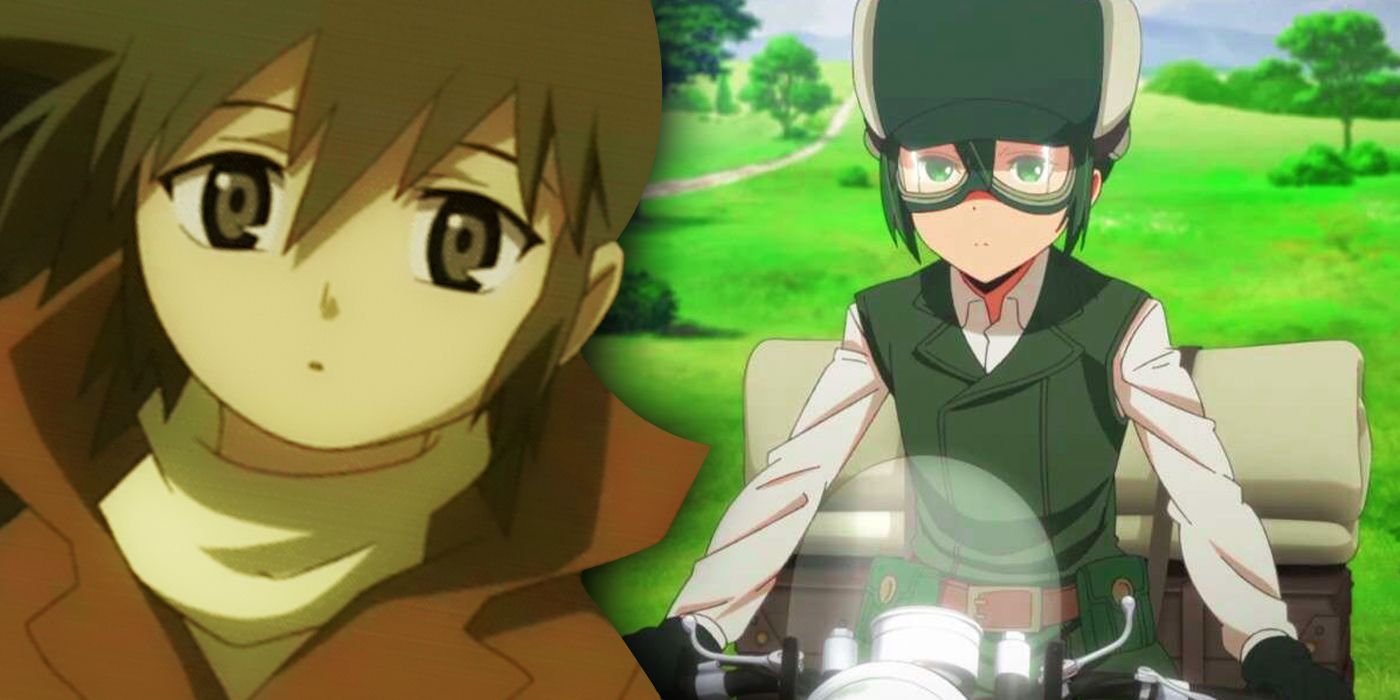
Keiichi Sigsawa started Kino's Journey in 2000 and it has become one of the longest, ongoing light novel series with 22 volumes published as of 2020. The series follows a young traveler named Kino and her talking motorcycle Hermes as they explore a vast and mystical world, never staying in one place for more than three days and witnessing countless strange stories along the way. This successful series has received two anime series adaptations, the first one in 2003 by A.C.G.T. and a reboot series in 2017 by Studio Lerche.
Though based on the same source material, the two series have very distinct visual and narrative styles that bring very different viewing experiences for their audiences. By comparing the quality of the animation and the storytelling styles of each, let's find out which adaptation is the better series.
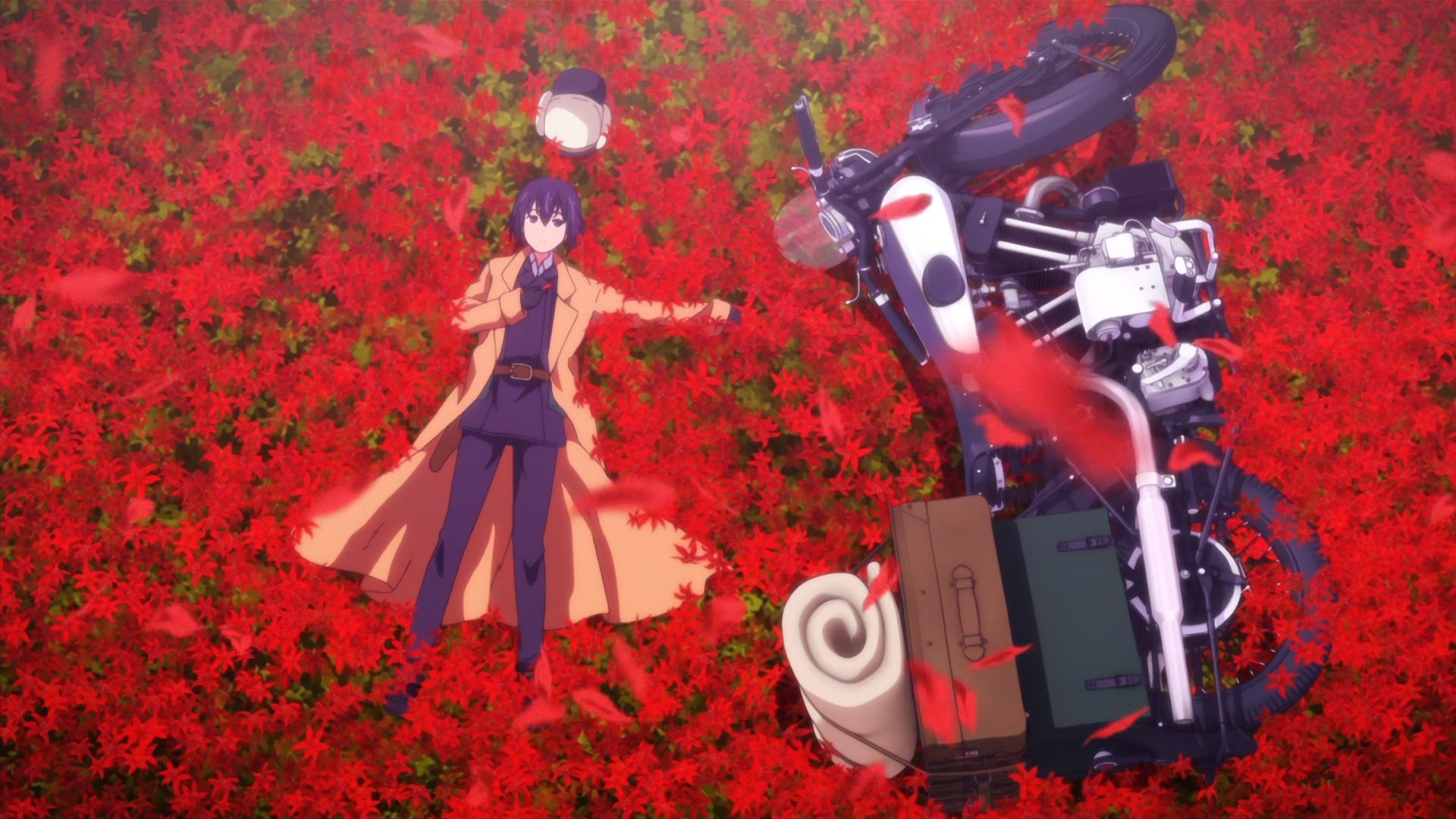
Due to technological advancements, like CGI and 3D animation, the 2017 version looks objectively prettier than the 2003 version. Studio Lerche is known for having a strong visual flair with its productions, exemplified by 2020’s Toilet-Bound Hanako-kun.
The 2017 version brilliantly highlights the difference between countries since the production team deliberately hired different companies to do background art for each episode. This careful attention to detail shines through the beautifully rendered visuals with vibrant colors, even down to the motorcycle's smallest parts.
The 2003 version takes a very different approach to animation from the 2017 version. Director Ryutaro Nakamura is most famous for his work on the sci-fi masterpiece Serial Experiment Lain -- where his muted but surreal visual style is carried over to Kino’s Journey. The visuals are often simplistic and accompanied by earthy colors, which adds a bleak and atmospheric tone. This unique art style gives the 2003 version a dark, dreamlike fantasy quality rather than the more grounded, conventional style of the 2017 version. While it may not look as gorgeous, it certainly leaves a deep impression.
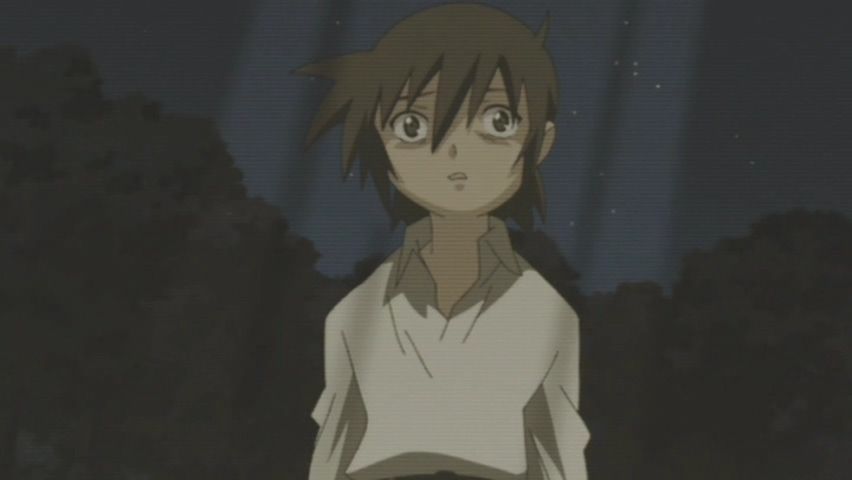
Both versions follow the novel’s serialized storytelling structure, where individual stories are independent and can be told out of order. Still, there are clear intentions behind story selections and the order they are shown. The contrast is apparent when comparing the overlapping stories of both series, especially with “The Land of Adults” and “A Kind Land.”
“The Land of Adults” is Kino’s origin story and it details how Kino got her name, how she met Hermes and how she came to be a traveler. In “A Kind Land,” Kino meets a young girl named Sakura who reminds Kino of her own experiences before becoming a traveler. The country she visited here is also one of the first places Kino wanted to stay for more than three days. Little does Kino know, this is the last time she will ever see this country and its kind citizens.
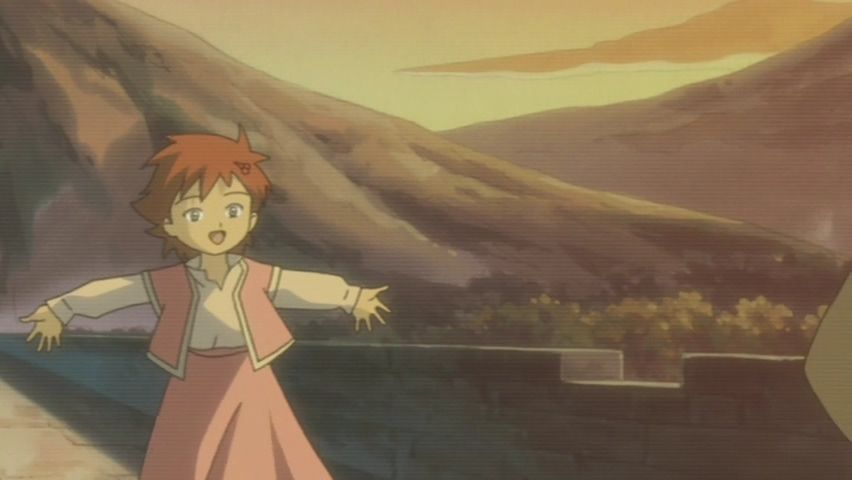
“A Kind Land” is arguably one of the saddest stories of the series, not only because of how it ends but also because of Kino and Sakura’s connection. The 2003 version chooses to end the anime with “A Kind Land," concluding the series on a melancholic note. Audiences have already seen “The Land of Adults” in Episode 4 and will feel an extra sense of sorrow when seeing what happens to Sakura.
In the 2017 version, “A Kind Land” is the tenth episode, while “The Land of Adults” follows immediately after -- so audiences may get a latent sense of realization but not the same kind of emotional impact. Although there are more narrative details in the 2017 version, Kino’s calm reactions at the end are not comparable to the emotional gut-punch of the 2003 version. Incidentally, 2003’s Sakura is the debut role for voice actor Aoi Yuki, who voices Kino in the 2017 version. This casting homages the 2003 version and gives the reboot series a sweet sense of continuation.
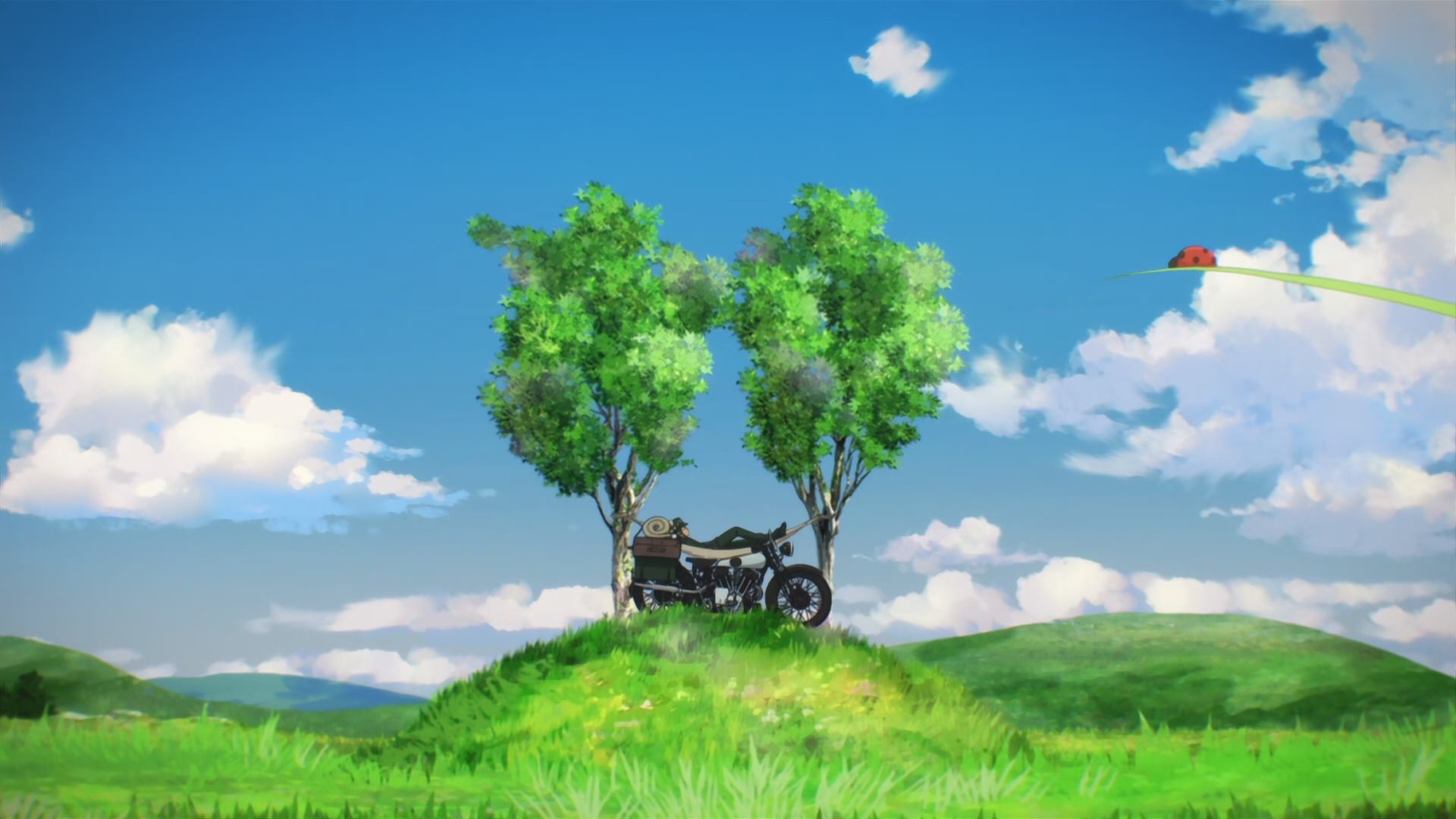
Each adaptation of Kino’s Journey features thought-provoking and imaginative stories with wonderful world-building and great characters. But the two versions also offer different ways of interpreting Kino’s tagline, “The world is not beautiful. Therefore it is.” The 2003 version explores the beauty and humanity within an often cruel and unfeeling world, while the 2017 version presents a beautiful world that often includes the cruelties of humanity.
If we judge solely based on the faithfulness of the adaptation, the 2017 version wins because it does follow the novel closer and gives a more vivid sense of what this world feels like with stunning animation. However, the 2003 anime offers a unique and emotional experience that's not as powerful in the 2017 version. The level of empathy in the 2003 version for even some of the more vile characters -- contrasted with the animation's gloomy tone -- offers a surreal but unsettling viewing experience unmatched by most anime. For that, the 2003 version is the better anime overall.
0 Comments